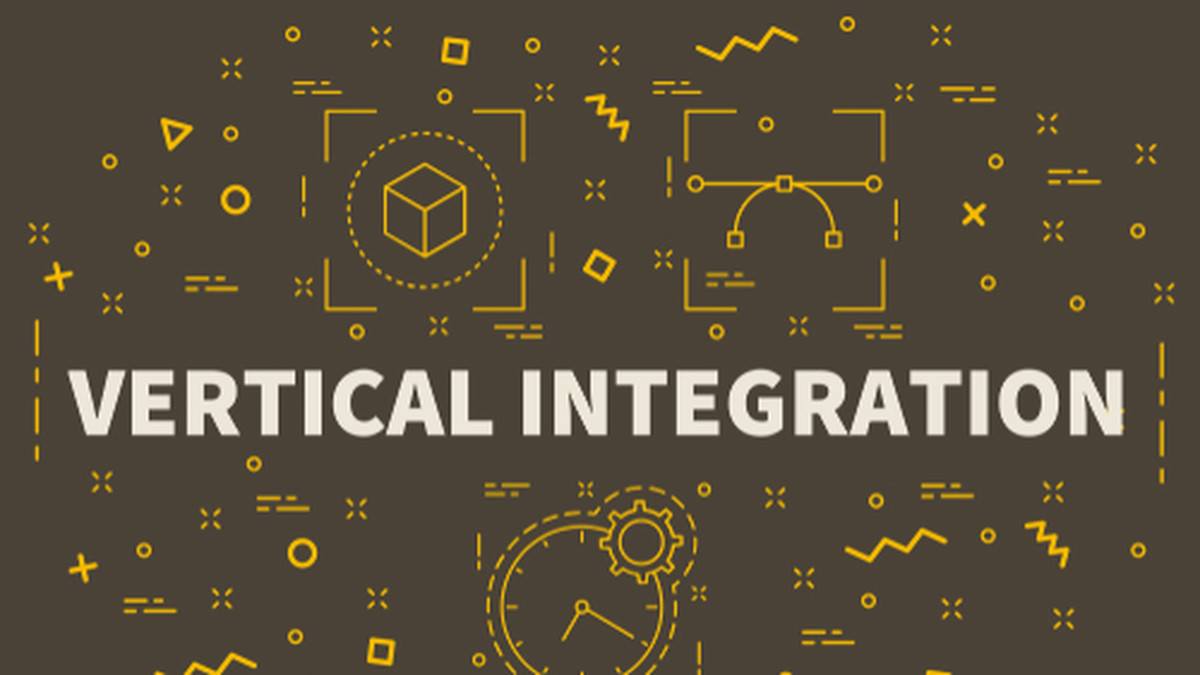Every machine you use is the product of an aggregated or a vertically integrated supply chain. Aggregators combine components from various sources, while vertically integrated companies are responsible for the entire end-to-end manufacturing process. To understand the difference, just think of personal computers. Dell is an aggregator whose users benefit from a high level of customization, thanks to the variety of parts and configurations Dell aggregates from third-party manufacturers. Apple, on the other hand, is vertically integrated. This allows Apple to deliver a predictable, positive customer experience by exercising tighter control over its systems.
Both supply chains come with advantages and disadvantages for both the business and the customer. These factors, of course, change depending on the industry. By taking a deeper look at how these processes play out in printer manufacturing, we can better understand which one is ultimately best for the customer.
The downside of aggregators
Many printer manufacturing companies are aggregators, meaning that they buy various components of their presses from third parties. Many times this includes critical components like print heads, or ink. Although their testing process may be extensive and thorough, at the end of the day, there are too many risk factors outside their control that affect the customer experience.
For example, a third-party that manufactures critical printer components could increase prices, introduce a design incompatible with a machine, or suffer from manufacturing defects. From a customer’s perspective, there’s no difference between the third-party and the printer manufacturer. All they know is that they’re unhappy with their printer, whether that’s because it cost too much, the replacement part they need is discontinued, or because it simply broke down on them. Customers may find that these types of risks outweigh the benefits of diversification and customization offered by aggregators.
How customers benefit from vertical integration
While vertical integration may be a greater investment for the business itself and set tighter, less flexible controls over its ecosystem, customers can reap benefits across price, maintenance, and quality.
Vertically integrated printer manufacturers create economies of scale, which can be reflected in lower prices for customers. And because the business has full control over its supply chain, customers can cheaply, quickly, and easily access any necessary replacement parts. Quality control in a vertically integrated process is stronger and simpler to implement, translating to increased customer trust in a dependable product.
At Epson, we’re responsible for the end-to-end production of our printers and their critical components, including printheads and ink formulations. As the only vertically integrated digital inkjet label press, the Epson SurePress offers customers cost and time efficiencies during routine maintenance, and the promise of quality. That’s the type of promise that can only come from having full control — and full responsibility — over every step of the manufacturing process.
